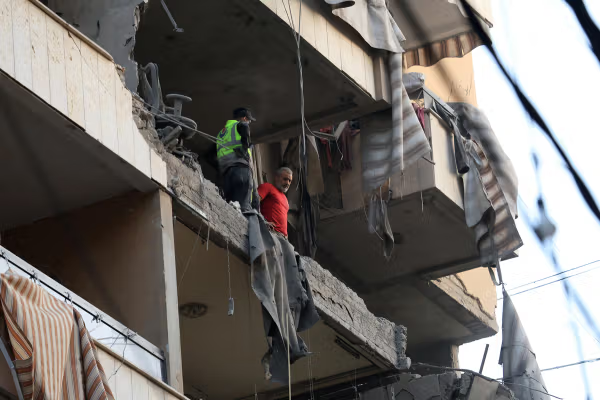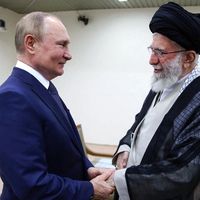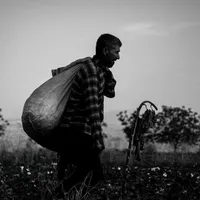Mohsen Paknejad said that for the first time during exploration drilling, the team reached a horizontal layer containing at least 200 million barrels of crude oil.
The newly discovered reserve lies within the Pazan field in southern Fars province, extending north toward Bushehr province.
Paknejad said the field also "has a reserve of 10 trillion cubic feet of gas and can play an important role in offsetting the country’s energy imbalance in the coming years."
“Assuming a 70% recovery factor for the gas field, the recoverable volume is estimated at 7 trillion cubic feet,” state media cited him as saying.
Despite vast energy wealth, Iran faces lingering shortages with electricity and gas demand exceeding production and frequent outages and industrial disruptions marring economic activity.
Sanctions have hampered Iran's ability to import and renew its energy infrastructure, much of which is decades old and struggles to extract already proven reserves.
Since November 2024, the crisis has deepened due to aging infrastructure, according to data published in July by the Iranian Union of Exporters of Oil, Gas and Petrochemical Products.
The discovery comes as Iran faces deepening economic pain amid new sanctions. In late September, France, Germany and the United Kingdom triggered the resumption of UN sanctions citing Iran’s alleged non-compliance with nuclear commitments.
The move restored restrictions on oil, gas, and petrochemical exports, further isolating Tehran’s energy sector and limiting foreign investment needed for modernization.
Recent statistics from the National Iranian Gas Company show that household gas consumption rises from 250 million cubic meters per day in summer to 650 million cubic meters in winter, creating a daily shortfall of over 200 million cubic meters, the report said.
“Iran is currently the world’s third-largest gas producer and the second-largest in reserves. According to recent data from energy research institutes, Iran’s gas consumption is twice that of the European Union,” said Reza Padidar, head of the Sustainable Development, Environment, and Standards Commission at the Iran Chamber of Commerce.
According to 2021 data from the Iranian Gas Engineering and Development Company, Iran’s total energy supply is equivalent to 2.2 billion barrels of crude oil. Gas accounts for 72% of total supply, oil and derivatives 26.5%, and coal and other sources less than 1.5%.









